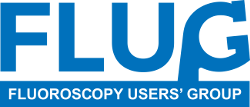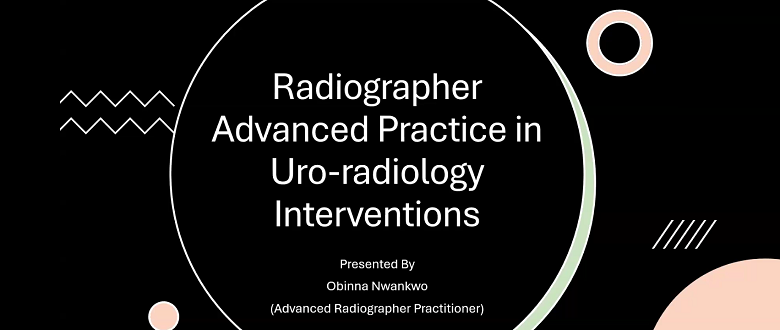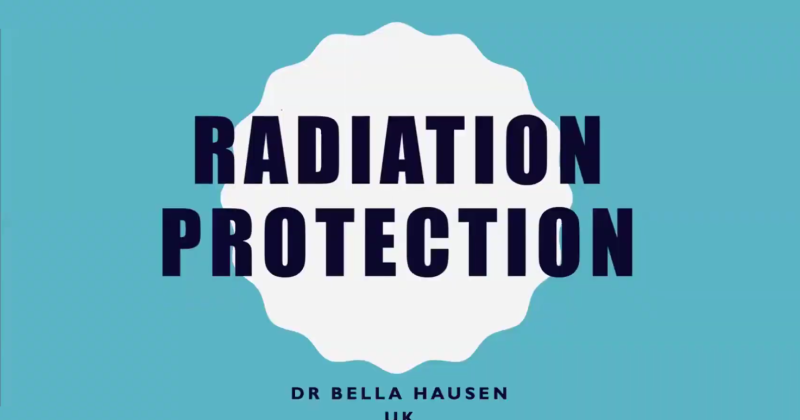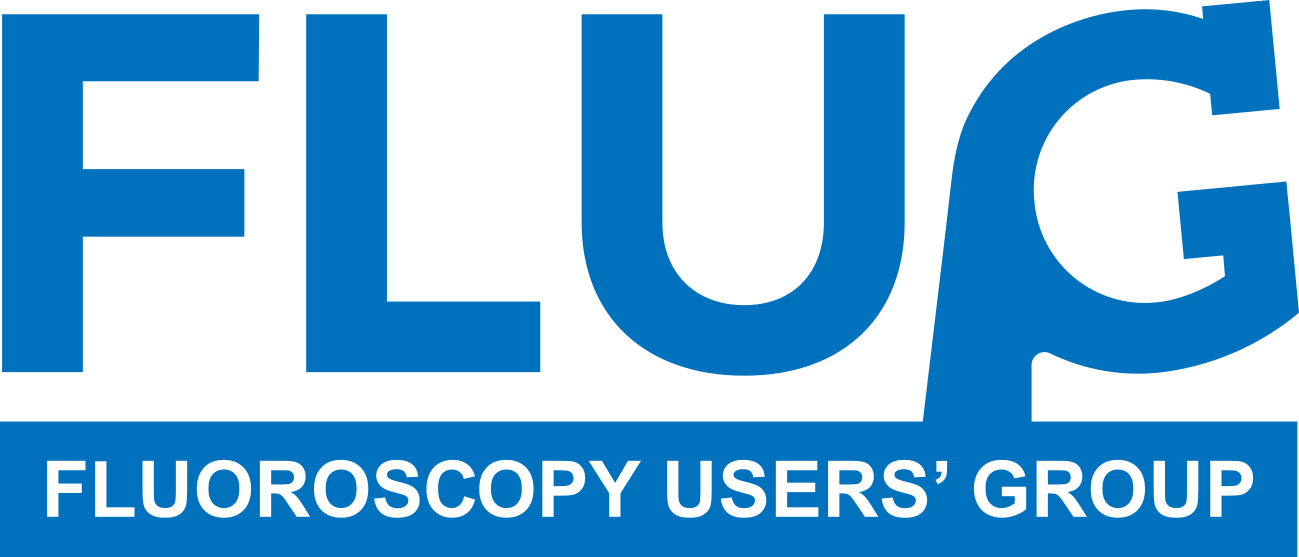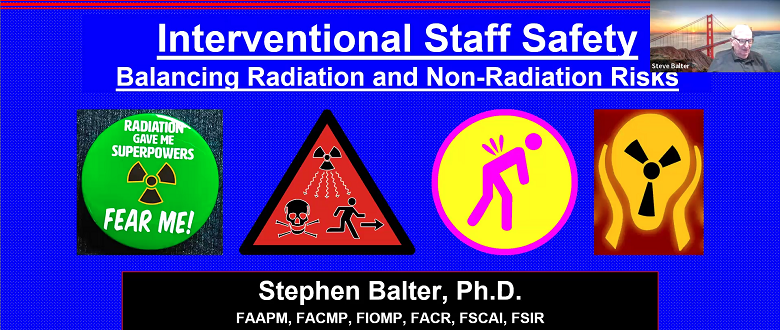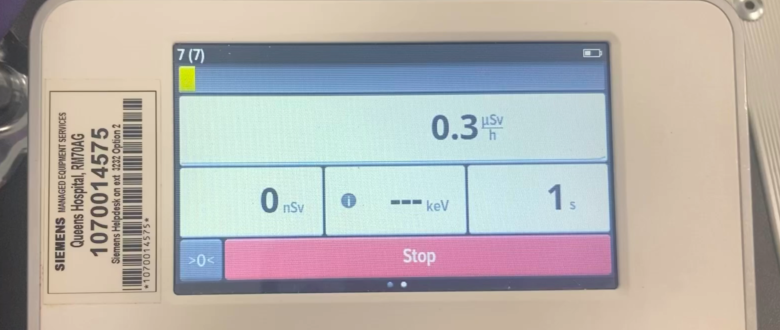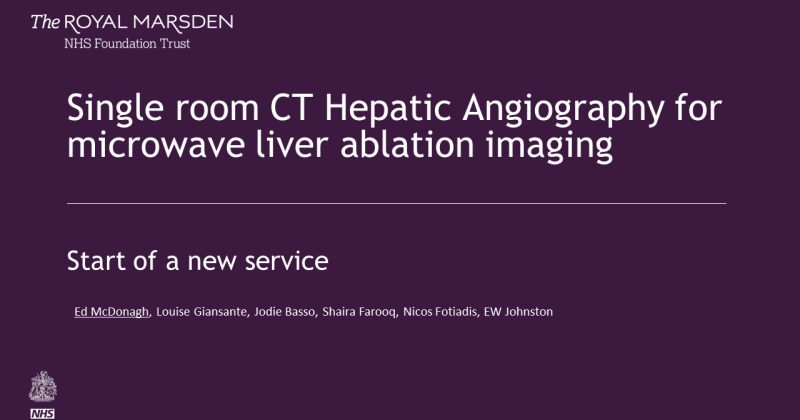
10th June Webinar Q&A
Additional questions
Are you able to to take on additional procedures? I know for our IR service, the Radiographers are able to take on Fistulogram and angioplasty procedures.
Jenny: Currently advanced Practice within the IR department covers, biopsies, nephrostomy exchange, drain insertions, vascular access (currently peripheral but will soon include tunnelled lines). Fistulograms and angioplasties (putting aside the case study included in the VA presentation) are undertaken by the consultants.
Did you have you submit a business case to establish your service? and again for the expansion? Are you radiology led managerially and financially?
Jenny: Yes we did, all service development has to be backed by a business case. Starting with a review by clinical governance and then vetted by the Evidenced based counsel. We are indeed led managerially and financially by Radiology.
With regards to competencies what evidence are you using for assessment? Is it a tick box or are you undertaking DOPs, CBds , MSF etc
Jenny: Our competency package was developed a number...
